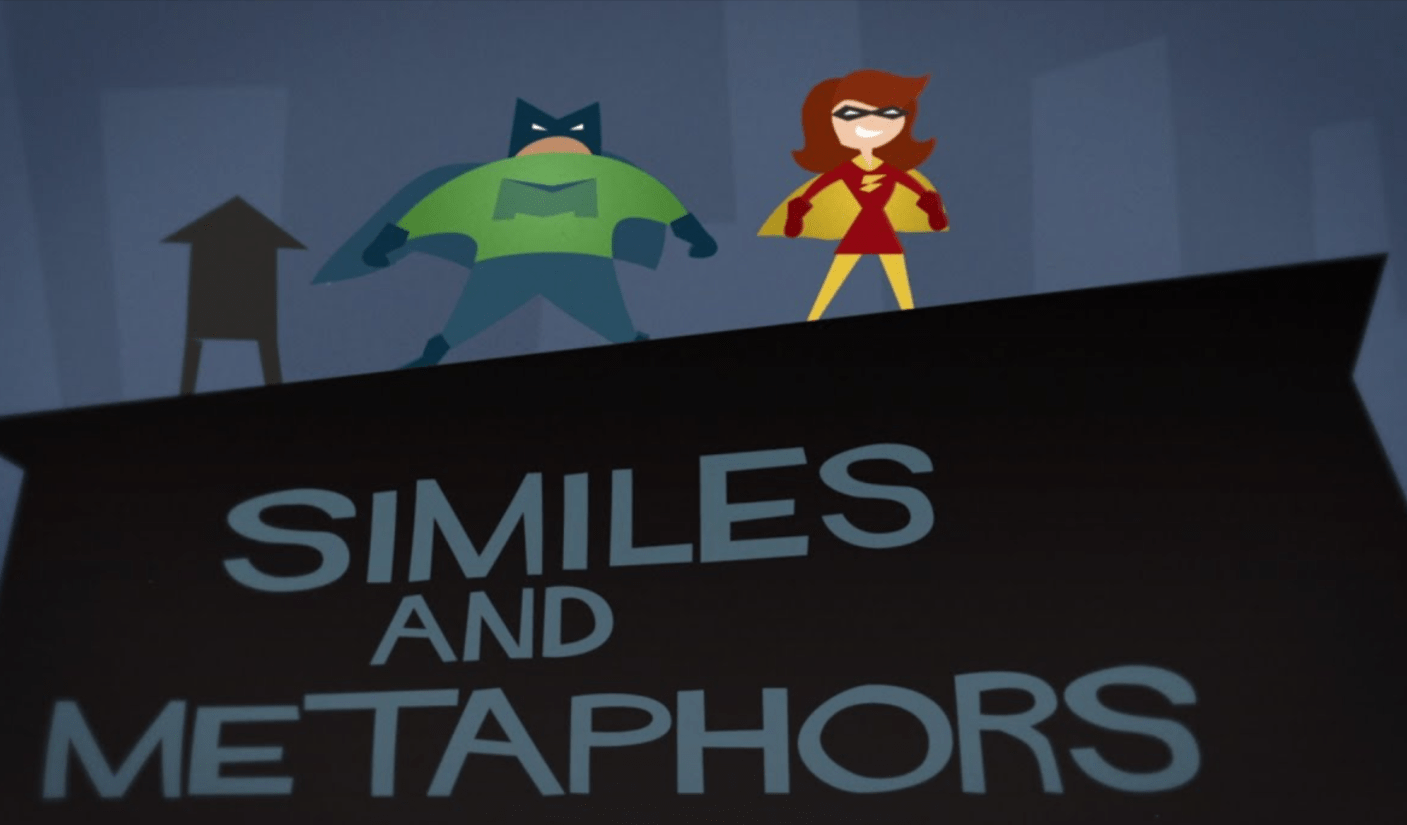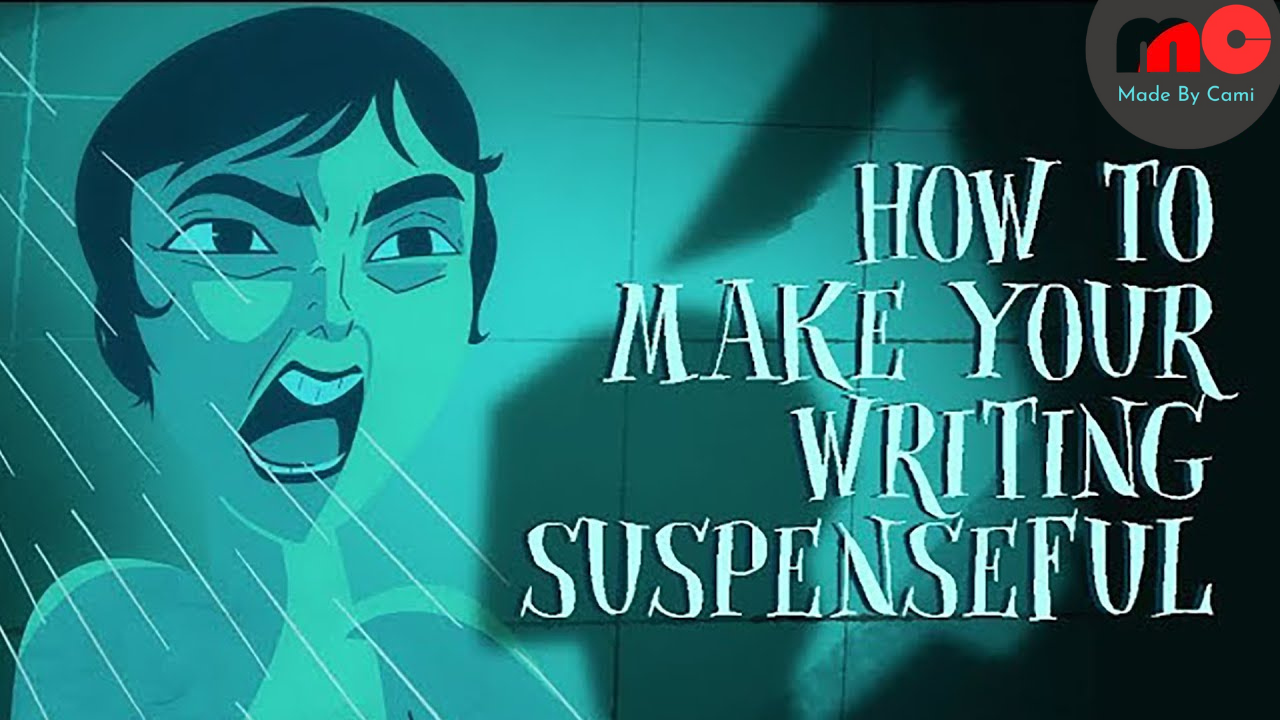How to Use Metaphors and Similes in Your Writing

Being a fine art, writing embraces monumental ideas, thoughts, and feelings. The use of figurative language, especially metaphor and simile, brings life to texts and adds dimensions to the imagery.
In this guide, you will find all sorts of tips and tricks for the application of similes and metaphors in writing. Regardless of what kind of writer you are in composing poetry, stories, or essays, with this guide, the appreciation and practical application of these figures of speech into your writing will surely help you in many ways.
Explaining Metaphors and Similes
Metaphor: A metaphor calls something by the name of something that it is not. A thing is completely different and without the use of 'like' or 'as,' ‘one thing is saying another.’ Known and accepted metaphors assert claim of a particular quality or characteristic of a thing assuming the description is not what it actually refers to.
Example: “Time is a thief.”
In this case, the feeling of “loving time” has been put into the definition of a thief to explain how time takes away extremely precious moments from a human being’s life.
A comparison of two different objects using “like” or “as” is called a simile. It is employed in literature to create a link to clarify something or evoke a strong image in the audience’s minds.
Why are Metaphors and Similes Important in Writing?
It is perceived that simile in context can carry home the artists' deal with a pinch and render a double-purpose aesthetic quality Mystery and intriguing itself. This is why they are needed:
Create Vivid Imagery: Both metaphors and similes assist in drafting clear images in the minds of the readers. For example, a good and simple example is “a furious lion roaring in the night” that completely captures the might of the storm.
Having Diverse Examples: These sayings help explain different complex concepts by associating them to something less complicated. Instead of explaining confusion, a writer can simply relate it to a more common experience.
Deepens Emotions: Extract capture metaphoric or similic moments to set the emotion as well as pace. With a character’s emotion, the reader is able to connect more deeply into the story or the general tone of the piece.
Makes Writing Active: Similes, especially metaphors, make interest by capturing clear narratives. Writing is improved and readers become engaged.
Increases Creativity: These tools give writers more freedom. Themes or even day to day objects that are mundane can be framed in numerous ways by using similes and metaphors.
Applying Similes and Metaphors in Your Writing
With all that has been said on how to use metaphors and similes, we can now go to the practical part and ‘do’.
1. Know When to Use Them
The first rule of applying metaphors and similes is when to apply them. Relying on figurative language as a weapon is unnecessary.
Employ Metaphor for Profound Comparisons: A metaphor is more useful in situations where the understanding of feelings or a narrative more complex in nature is needed. As an example,”Her heart was a fortress” meaning that she is emotionally closed off. Use the metaphor when explaining stories about life changes that can elicit strong feelings.
Use Similes When Addressing Clarity and Simplicity: Similes tend to be the preferred option when one has an intention of elaborating on something to ensure that they are understood completely. An example would be, “His voice was as deep as thunder,” which illustrates the power behind the voice. Use similes when a simple idea needs to be presented without extra details.
2. Avoid Overuse
Despite how important similes and metaphors may seem, abusing them will certainly make the story feel unnatural, or in some cases ruin it. While overusing them, you are bound to miss the details that are crucial to the story.
Example of Overuse: “The room was like a box, like a cave, like a prison.” Rather than providing description, this helps create chaos. Use one meta-simile, and you will achieve your desired outcome smoothly.
3. Use the Most Fitting Comparisons
In order to add metaphors and similes to the writing, they need to be selected with the right comparisons. Also, it is very important that the comparison made is appropriate for the audience and pertains to the work.
Important Note: Many people might find it difficult to visualize metaphors such as ‘the ocean.’ However, her hair was as soft as cotton’ is a very easy reference to picture because it’s a common saying.
Focus on the Audience: The audience’s knowledge or lack of knowledge in regard to the subject matter is one of the deciding factors in the use of similes and metaphors. With that, it’s clear that the audience will dictate what is appropriate. These types of expressions may not work with younger audiences using outdated references, for example.
4. Similes and Metaphors should be used to Emphasize your Central Theme.
As previously stated, the message does not have to be lost when similes or metaphors are incorporated, but the central idea can be further enhanced.
Whether it is fiction or nonfiction, usually one central idea has to be expressed while using figures of speech which can help enhance your writing, whether creative or academic. For Fiction: In some of the books I read, authors undergo a myriad of literary techniques to capture the hidden drivers behind characters. A classic example is depicting a character's struggle with fear as follows: “Fear was a shadow that stalked him.”
For Non-Fiction: In academic articles or essays, proponents of figurative language use comparisons and metaphors to support a claim. Supporting why it is hard to start a business can be described with, “It is very hard to start a business,” but they can also mean, “Starting a business is like planting a tree—there's a lot of work upfront, but given time and care, it will thrive.”
5. Be Original and Avert Clichés
It is true that writers lean on similes and metaphors for fresh perspectives, but this often stems from drawing inspiration from clichés which ultimately tarnishes the writing.
Why not avoid these phrases, “as busy as a bee,” because everyone understands it. Phrases, metaphors, and idioms can be so exhausting and over-used. The issue is, people don't bother intingious-heurs vivid imagagery that steps out of the box.
Example of Creativity: “As fast as a cheetah” can now be creatively rewritten as “as quick as lightning strikes the ground,” or the so much used imagination ethnicity of a ‘sexual baton.
6. Easy And Understandable
At the start, your similes or metaphors need to be easy and uncomplicated. With this, you will have captured one half of your audience. The rest EUUTION will follow depending on how you build your lines. But if not, they will be utterly lost if they are not acquainted with the analogy being made.
Simple And Clear Example: “Knot in a piece of string” is the phrase and with the words, “her thoughts were tangled” added is serves to be clear and perceptive for readers.
You Might Find This Too Complex: "Her mind was a mix of doubt and deep thinking, the kind that a person who painstakingly builds a maze would imagine, forging with intricate deliberation."
7. Test and Try
It won't be long before you see that making comparisons with things requires building metaphors and similes, just like any other effortful tool. The more ways you use your tools, it will become easier to chisel out a voice that resonates uniquely with you.
Look at Other Comparisons: No longer shall you limit yourself to a single way of understanding one. For instance, a storm can be viewed as a beast one day, but the very same storm can also be viewed as a relentless march the next day.
Write Exercises: One way to remain engaged while practicing is to implement short exercises that require users to use metaphors and similes, such as describing a person or a place in 3 metaphors or similes.
Avoiding Common Errors
From time to time, writers come across similes and metaphors and begin to wonder how useful such figures of speech are. Each tool has a set of blunders and writing has its own.
Mixing Metaphors: So combining two metaphors runs the risk of creating a problem. For instance, “He was a lion, roaring through the city like a thunderstorm.” While powerful, these two images are not the easiest to paint simultaneously.
Abstract Metaphor Overuse: Without additional explanations, abstract metaphors like ‘time is a thief’ and ‘life is a journey’ become vague and agreeable. Repetition causes audience disconnect. They require more concrete comparisons to be effective.
Trying to stretch Similes or Metaphors: It is unnecessary to force a metaphor if one cannot be discovered. Similes and metaphors are device one use to describe things, but such in this case, they are not meant to strangulate the reader; rather, they give the reader space to breath and elevate writing.


